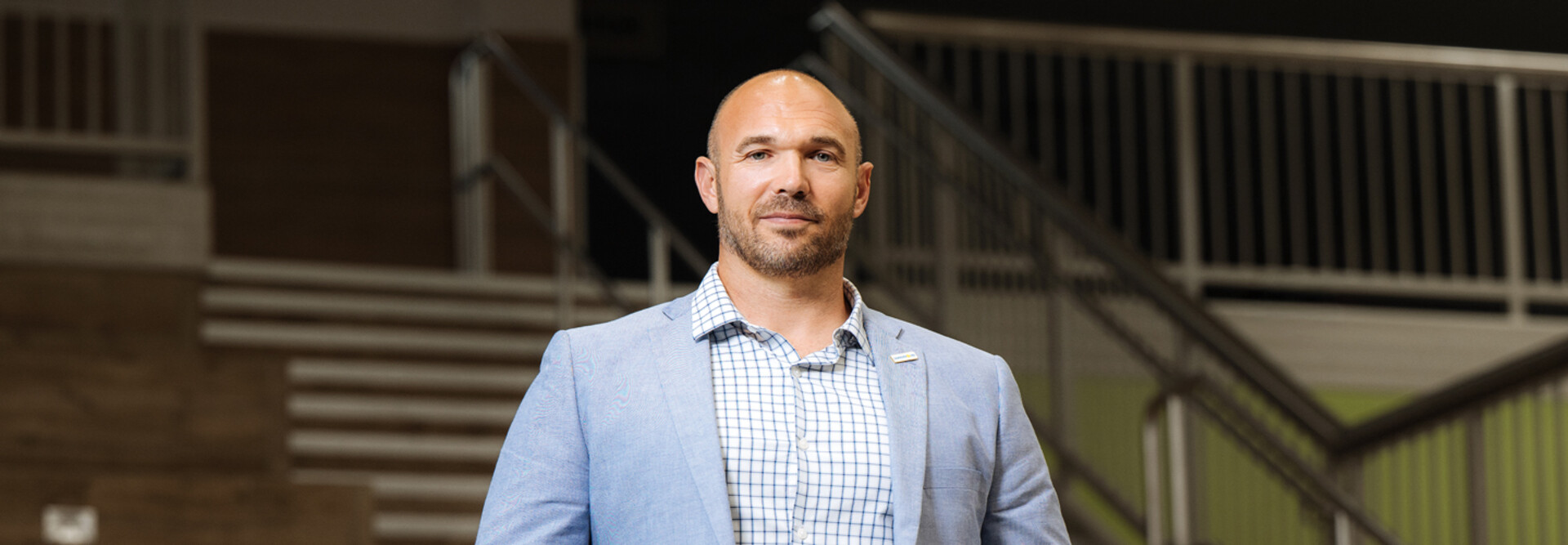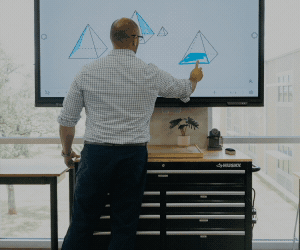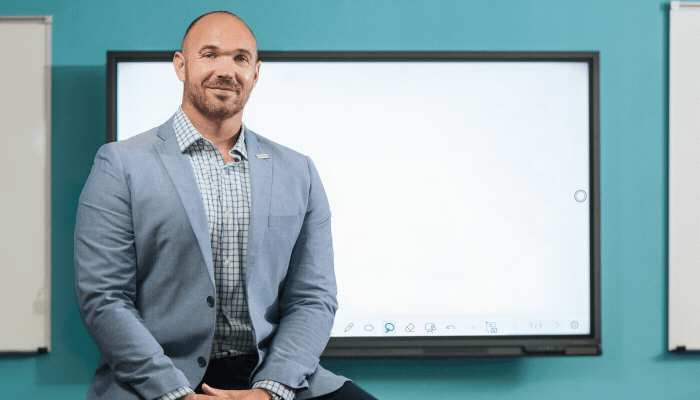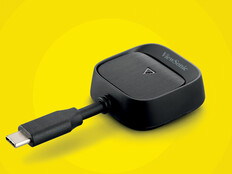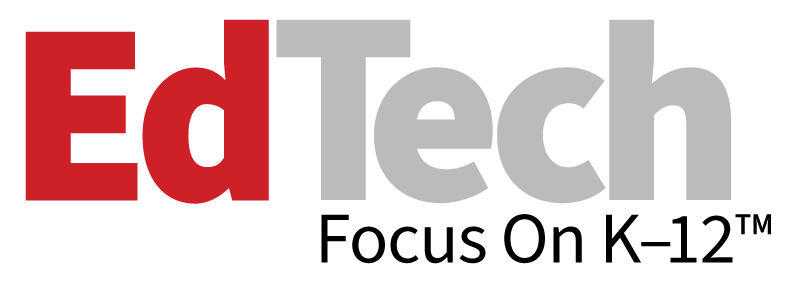When done well, training and coaching help teachers advance their skills, enabling them — and their students — to leverage interactive panels for higher engagement and improved learning outcomes.
Leander ISD Took a Yearlong Approach to Professional Development
In summer 2024, LISD installed just over 3,500 Newline Q Pro panels across most of its classrooms and learning spaces. A bond paid for the devices, as well as the yearlong PD coordinated by Baker.
Teachers had a say in the selection process, which included trial installations of different models at six schools, allowing instructors to try them out firsthand. Teachers’ participation increased their buy-in for the upgrade, but CTO Jason Miller says the district knew training would also be crucial.
CDW brought in Global Asset to install the panels and connected the district with Education Collaborators, which provided multiple trainers and digital instructional coaches for the 2024–25 school year. First, they offered two onboarding sessions at every LISD school to demonstrate the features of the panels. Baker then worked with Lee Howell, LISD digital learning coordinator, to offer follow-up sessions on every campus throughout the year, including classroom visits, pop-ups, one-on-one support and team coaching.
DISCOVER: Professional development can increase ROI of new classroom technologies.
One priority was preparing teachers to use the panels in ways that increased student engagement. “We wanted to think about how this could redefine how we teach, how students learn and how they collaborate,” says Digital Learning Specialist Madi Houston. “Trying to get to the deep end sooner, rather than letting people find their way there accidentally, was important to us.”
Another effective tactic was tailoring PD to each audience to demonstrate how the panels could support various subjects and teaching objectives.
“If we can tie it to a campus focus or to certain teams, that’s where we can make those connections and get buy-in for how it can be more purposeful for them,” says Technology Integration Specialist John Sandobal.
LISD’s bond also funded a yearlong stipend for digital learning ambassadors, teachers who served as go-to experts on campus, helping peers troubleshoot and integrate the panels more deeply into their curricula. The district also put FAQs and other resources on its website.



